Retellings of Indian Epics
I grew up listening to Indian epics being told to me by my grandma and even in Bollywood movies. The stories feature so prominently in Hindu life that a passing knowledge is important to having an understanding of Hindus and how we live. It’s similar to how Bible stories are referenced so much in the West, and knowing the important figures and tales will give you a deeper understanding of Western values.
Hindu epics have been passed down via the oral tradition for decades, so it stands to reason that many details have been adjusted or retold to fit the needs of the storyteller. But the basic tenants remain, and the core texts have been preserved. But nowadays, having a good retelling is a great way to reframe these ancient epics to gain a deeper meaning beyond the traditional canon and cultural consensus.
This new tradition of publishing retellings of Hindu epics is refreshing because up to 20 years ago, I couldn’t walk into a bookstore and pick up a book about Hindu epics, much less a simple retelling. I personally enjoy reading retellings because they make these stories accessible to someone like me, an Indian American Hindu who can’t read Sanskrit and must rely on translations. Because translations are already flawed, especially going from Sanskrit to modern English, I find retellings to be excellent reading experiences that capture nuances and bring secondary figures to life.
These eight retellings of Hindu epics were closely reconstructed from the source text and relay the stories for modern audiences with a new understanding of the nuances and lessons.
Retellings of The Ramayana
The saying goes that if you ask 100 Hindus about what Hinduism is, you’ll get a 100 different answers. In my experience, this has been completely true. But if you ask 100 Hindus what The Ramayana is, you’ll get 100 pretty similar answers. We all know the story. It’s the tale about a legendary, exiled prince who wars against an evil king who has stolen his wife. The prince’s triumphant return home is the foundation of Diwali.
But the tale has so many nuances that it’s a rich source text for retellings. As a kid, I thought I understood each character in their black and white profile. This character is “good” while this one is “bad.” But these retellings have reminded me that characters are complex and live rich, compelling lives in the arc of their stories. The beauty of these retellings is that they helped me recontextualize many characters who I passed judgment on.
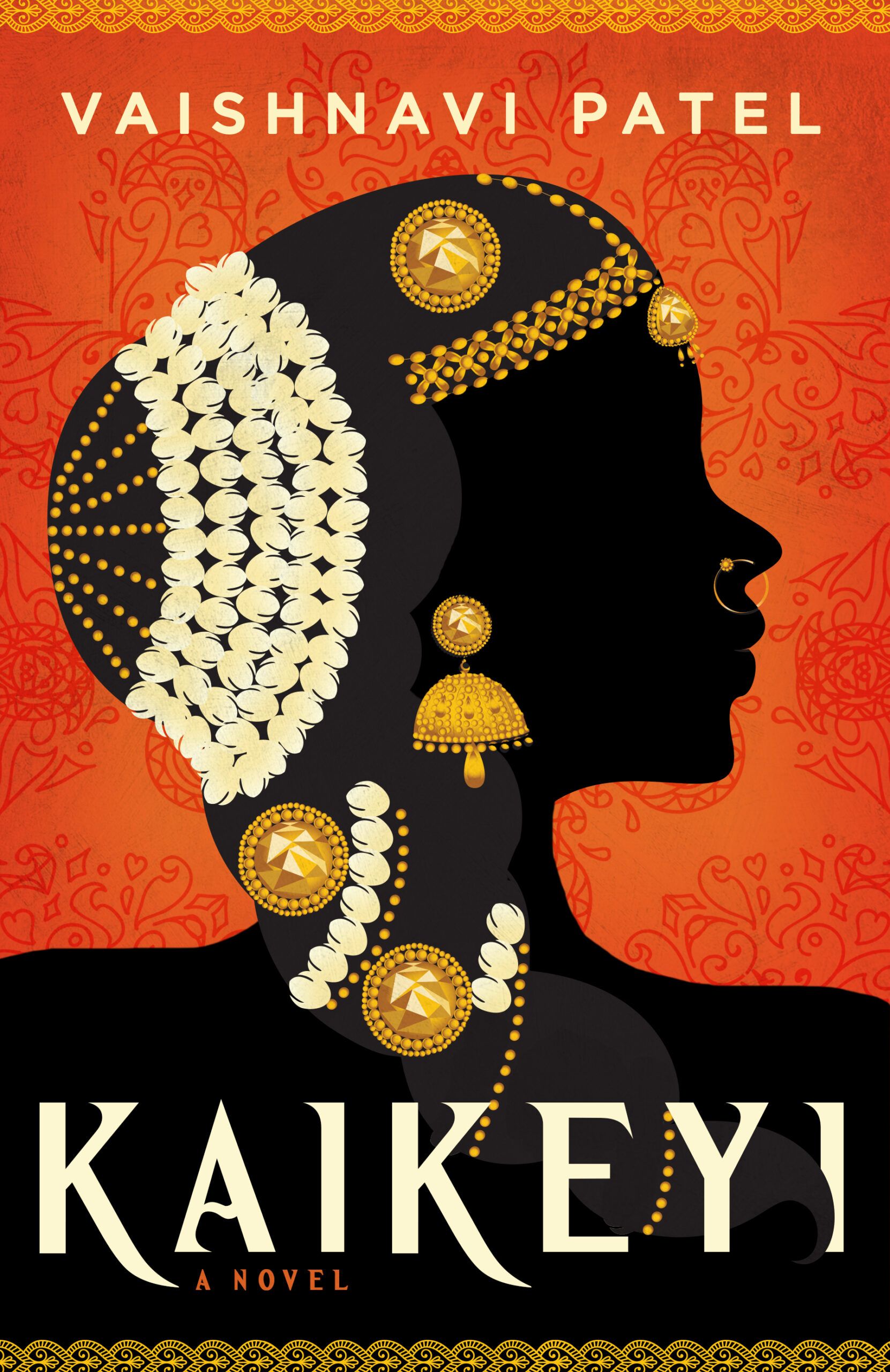
Kaikeyi by Vaishnavi Patel
One of the most compelling, and possibly most hated, figures in Hindu epics is Kaikeyi. In The Ramayana, she was the one who orchestrated the exile of the titular Rama. The Ramayana, by the very nature of its title, is traditionally told from Rama’s point of view. But Kaikeyi brings, well, Kaikeyi’s story to the spotlight and highlights how she balanced the destiny carved for her by the gods while also honoring her own sense of autonomy.

Sita by Bhanumathi Narasimhan
Yet another female figure from The Ramayana, albeit the one who is commonly portrayed as the damsel in distress. While in exile with her husband, Rama, Sita is kidnapped by Ravana, the king of Lanka. In Sita, readers will get to see the story from her perspective, which is refreshing because in traditional tellings, Sita is rarely given any autonomy. This retelling focuses on Sita’s divine role in the epic while also portraying her very human emotions and reactions to the situations fate has placed her in.
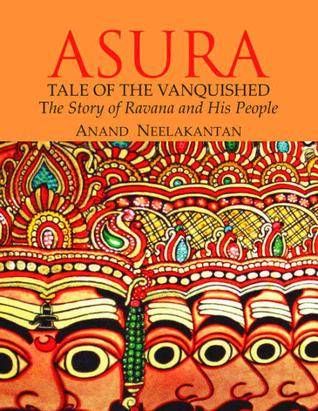
Asura by Anand Neelakantan
Asura is yet another retelling of The Ramayana through the eyes of a character whose point of view is rarely relayed. This time, readers will get to experience the epic through the eyes of its greatest villain: Ravana. Asura tells the story of Ravana and his people, who wanted a world apart from the caste-based one ruled by the Devas. But one fateful act by Ravana changes the course of history on the subcontinent.
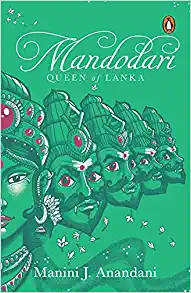
Mandodari: Queen of Lanka by Manini J. Anandani
Last but not least is a retelling of The Ramayana through the eyes of someone who frankly never figured into my understanding of the epic. But then again, that’s the joy of reading a retelling: seeing something that you were initially unaware of. Mandodari derives its story from the Sanghadasa’s Jaina version of The Ramayana. The retelling follows Mandodari, a beautiful apsara who was married to Ravana, who loved her husband despite his faults and attempted to advise him over the course of the 13-day war.
Retellings of The Mahabharata
Like The Ramayana, The Mahabharata also figures very closely in Hinduism. In the middle of the battlefield, the hero Arjuna has one of the most famous conversations in the world with Lord Krishna, a conversation that was immortalized in The Bhagavad Gita. There is so much to The Mahabharata, so like The Ramayana, the epic is a rich source text for retellings.
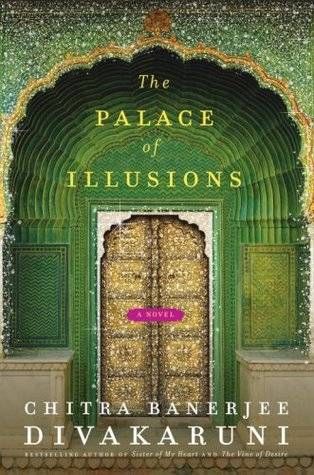
The Palace of Illusions by Chitra Banerjee Divakaruni
Honestly one of my favorite books of all time that I cannot stop recommending, The Palace of Illusions follows the traditional arc of The Mahabharata through the eyes of its key female figure: Panchaali. Having grown up hearing The Mahbharata as a kid, it was a revelation to hear it from a female perspective and recontextualize what I understood about the epic.
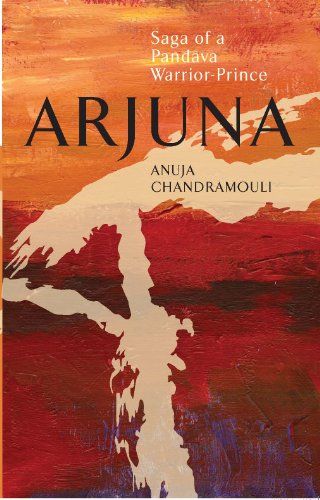
Arjuna: Saga of A Pandava Warrior-Prince By Anuja Chandramouli
One of the most celebrated heroes in Hindu epics is Arjuna, the great warrior prince. While the classical tellings focus on his virtues and bravery, this retelling focuses on his very human relationships and even weaknesses. Arjuna is also told in a very approachable style that will make the vast depth and breadth of The Mahabharata accessible to many readers.
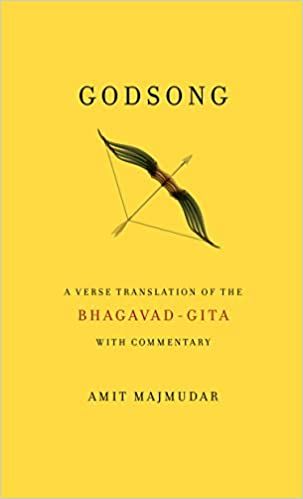
Godsong by Amit Majmudar
I wanted to include a verse translation of The Mahabharata, specifically The Gita, because the source text is full of nuances and details that are lost in standard translations. In a way, Godsong is a retelling because it captures what is going on between the lines when Arjuna is speaking with Lord Krishna.
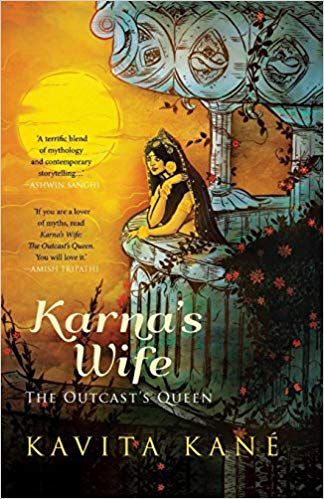
Karna’s Wife: The Outcast’s Queen by Kavita Kané
What I have already appreciated about The Mahabharata is that unlike most epics, which focus on the clear “good” and clear “bad” of the figures and their actions, it leaves more room for gray figures. Karna is one such figure, a powerful adversary of The Pandavas whose life story offers explanation for his actions. But as you may have guessed from the title, Karna’s Wife is about, well, Karna’s wife. Uruvi and Karna’s marriage unfolds over the course of the epic struggle between the Pandavas and Kauravas, and Uruvi witnesses all of the twists and turns in Karna’s life.
If you want to read more retellings, check out these gender-flipped retellings and read about why retellings by Authors of color matter.


إرسال تعليق
0 تعليقات